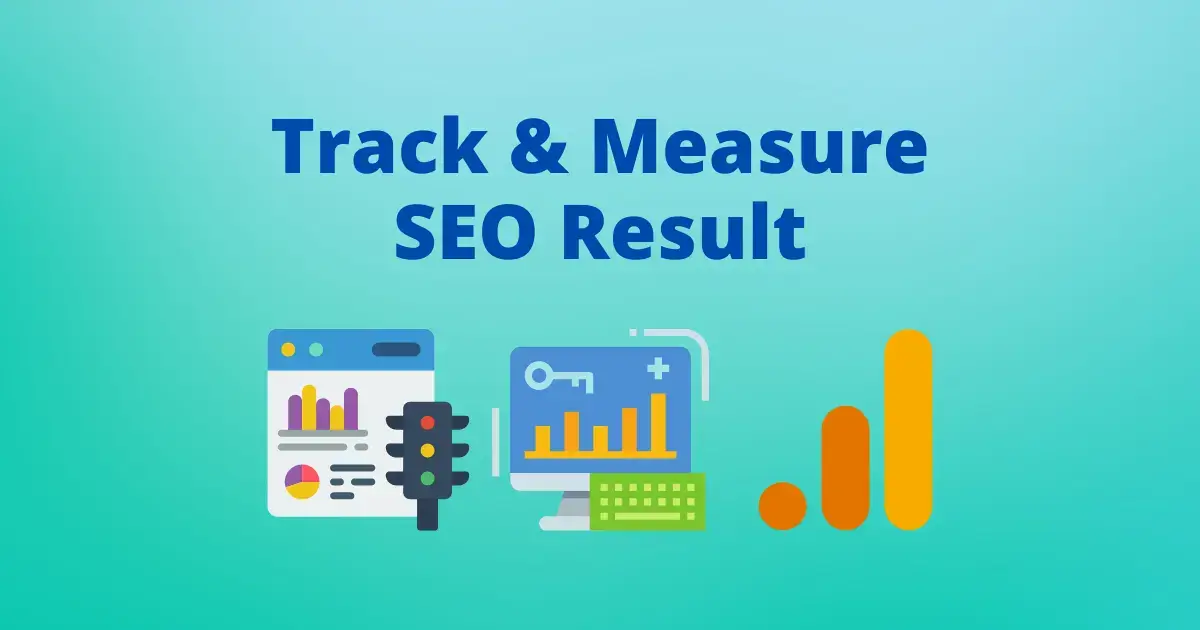Whether you are using Google Analytics or some other service, you need to keep track of how your SEO strategies are working and measure & track SEO Results.
This gives you the chance to see which tactics are right for your content and what needs to be done about the strategies that are not working.
Do you need to tweak it or abandon it and go in a direction entirely? The answer to these questions lies in data crunching. Once again, you can hire an SEO expert who will break it down for you but it is not that difficult.
1. Organic Traffic:
The first one is to identify how you are doing in terms of organic search traffic coming from search engines. These are the results a user gets when they type in a certain set of words into the search bar.
The number of visitors your site is getting from this is the first thing to learn. This is because it is targeted. They are looking for specific details and if you have the answer, you should be ranked high enough to cater to their needs.
2. Quality of SEO Traffic:
The best way to determine whether the traffic you are getting is quality traffic or not is to check the increase or decrease in the conversion rate. This means you need to inspect whether the people coming to your site buy your product or service. If they are new users, are they getting converted into paid customers? There are several tools that can tell you if and when this is happening.
3. Keyword Ranking:
Once you optimize your website, you will be able to track the results for long-tail and specific keywords. You can do this by doing a simple Google search for those keywords. Your best-case scenario is to rank at the top of the page which is what a quarter of people click on on the SERP.
4. Identify Slow-Loading Pages
This is often ignored but if you look at the time it takes for your web pages to load, you will know if that is what you need to work on. If it takes the page longer than 1-3 seconds, you are out of the game. And page speed is a big factor when it comes to Google rankings as mentioned before.
5. Engagement Metrics:
There are many metrics that teach you about user behavior. Here are some popular ones.
• Time on Page: Also called dwell time, this is the number of time visitors are spending
on a particular webpage. If they are spending very little time on a long-format piece, you know that they are not reading it.
• Pages per Visit: This tells you how many pages a visitor has gone through which tells you how engaging the content has been. So, you can make changes to the content accordingly. Or leave it as is.
• Bounce Rate: This is the rate of visitors leaving a page without browsing it. It tells you
whether visitors are finding the quality of content engaging or not.
So, be sure to read the data but also use your own judgment to understand what the numbers are saying.


